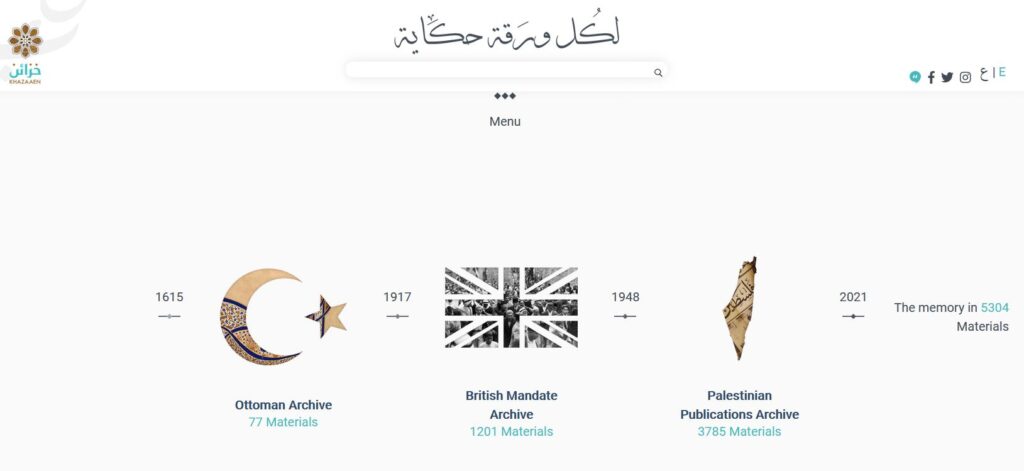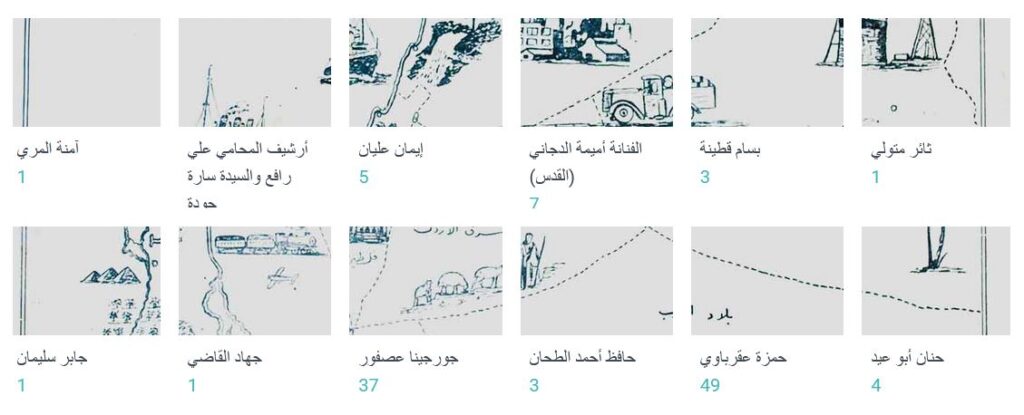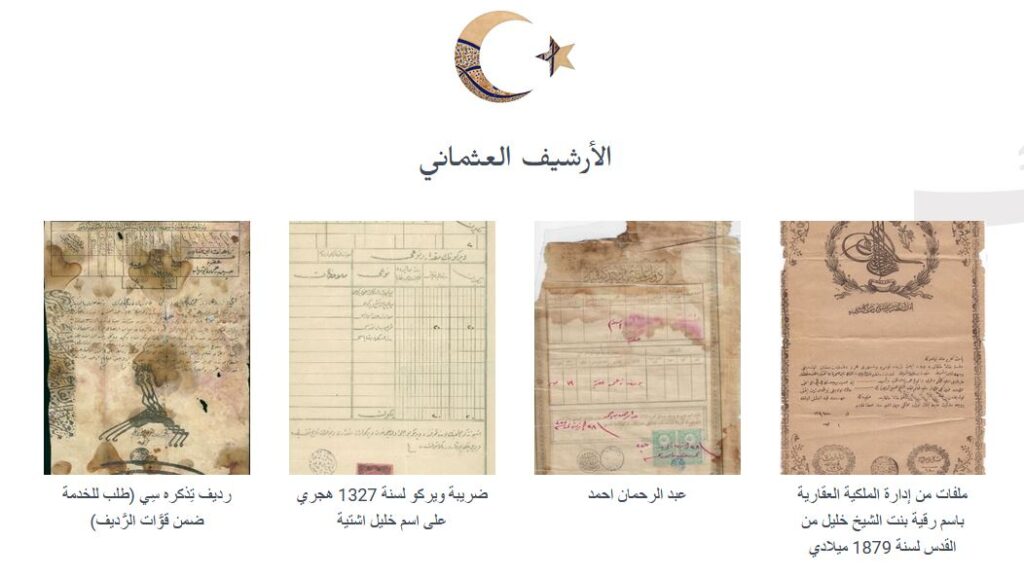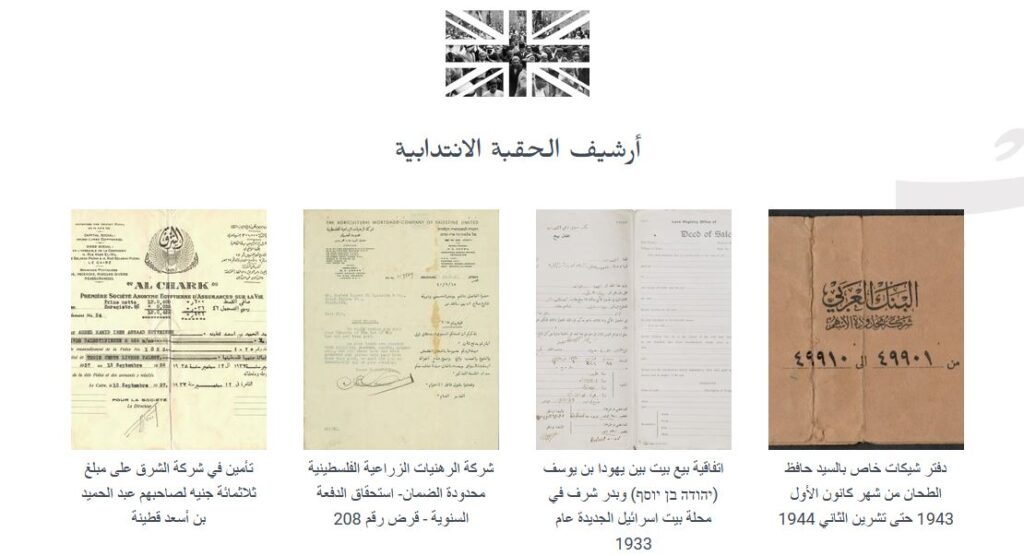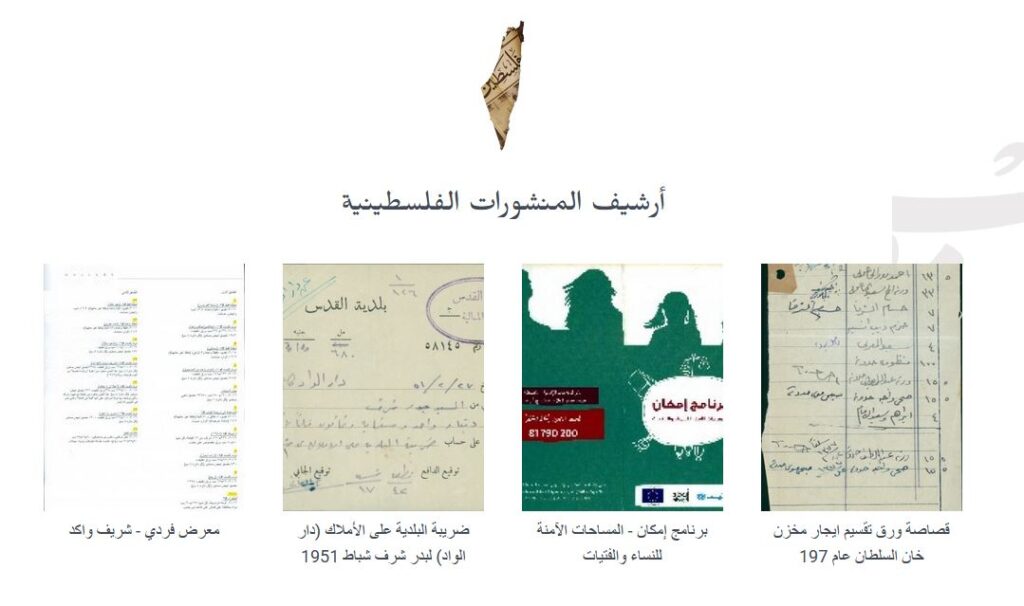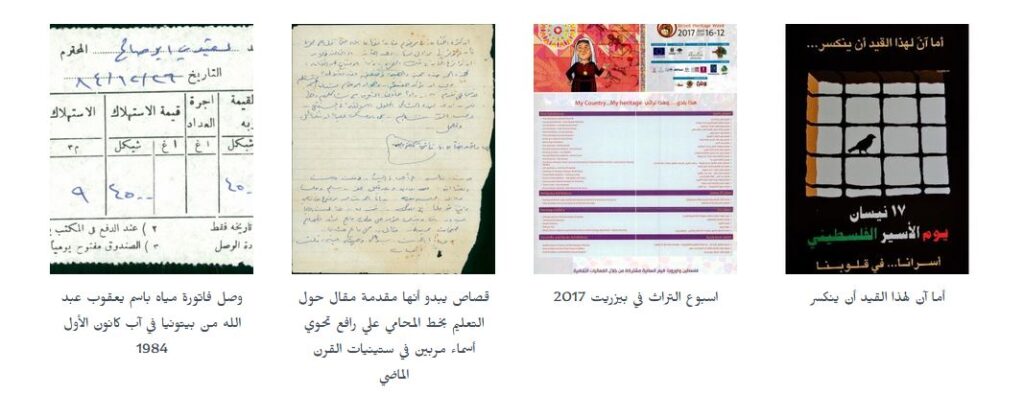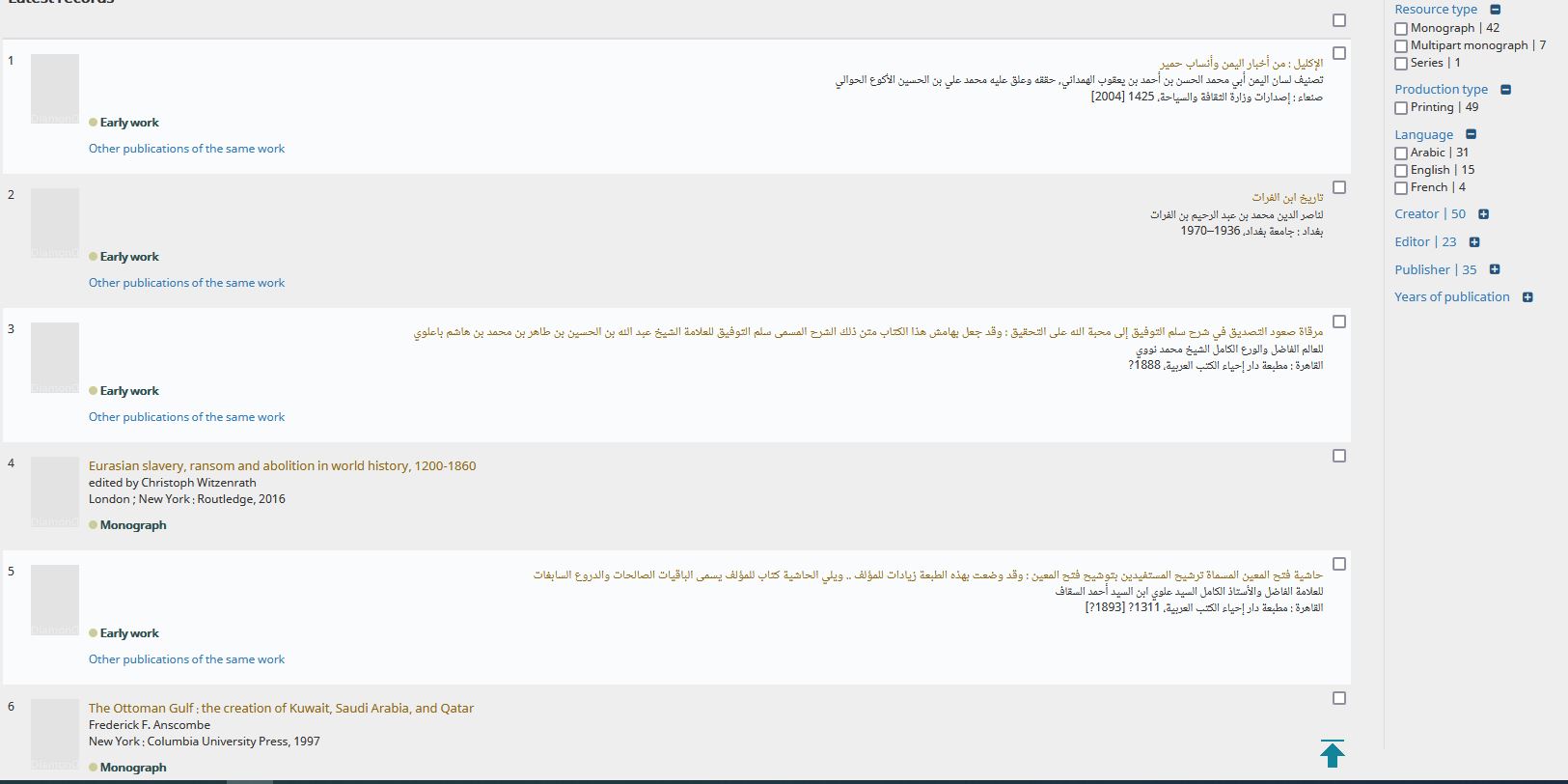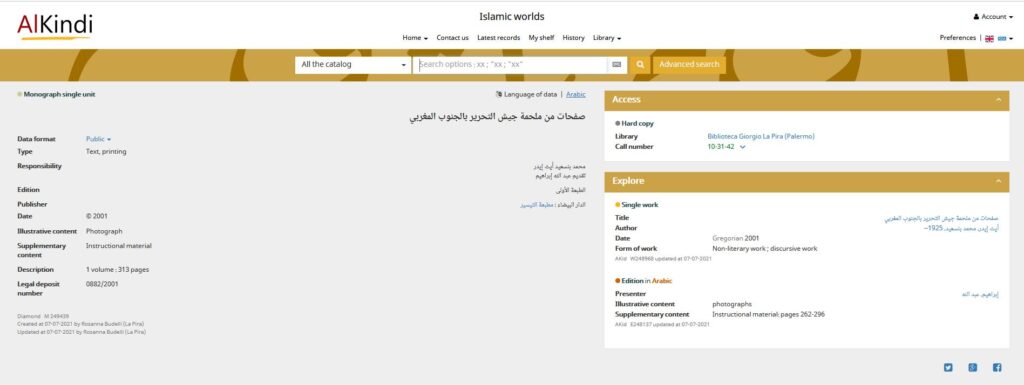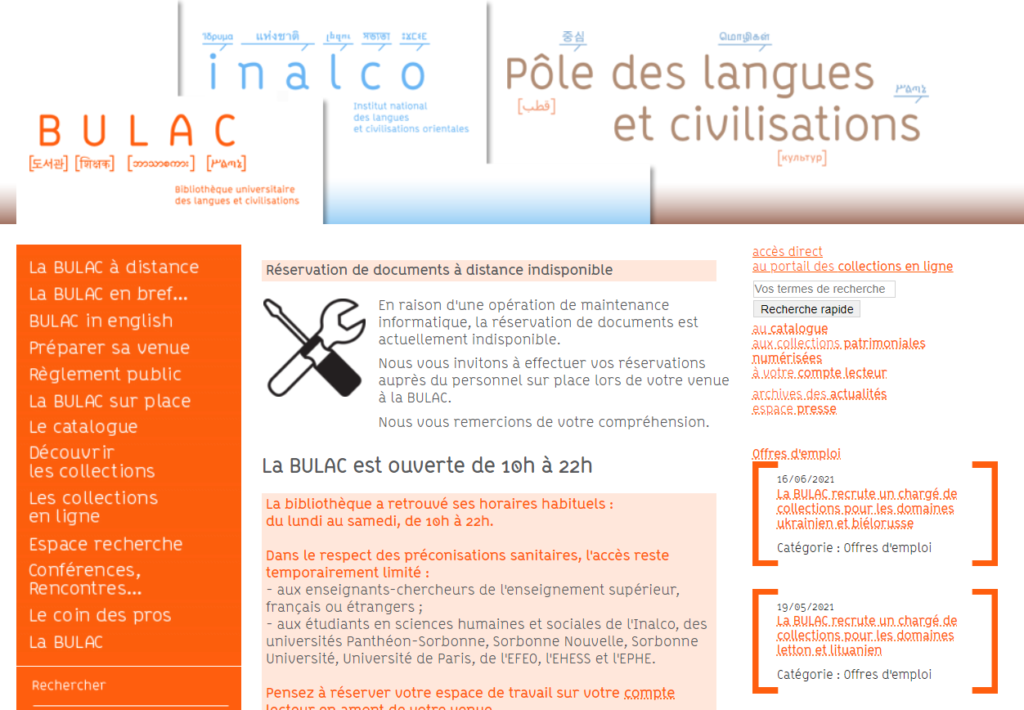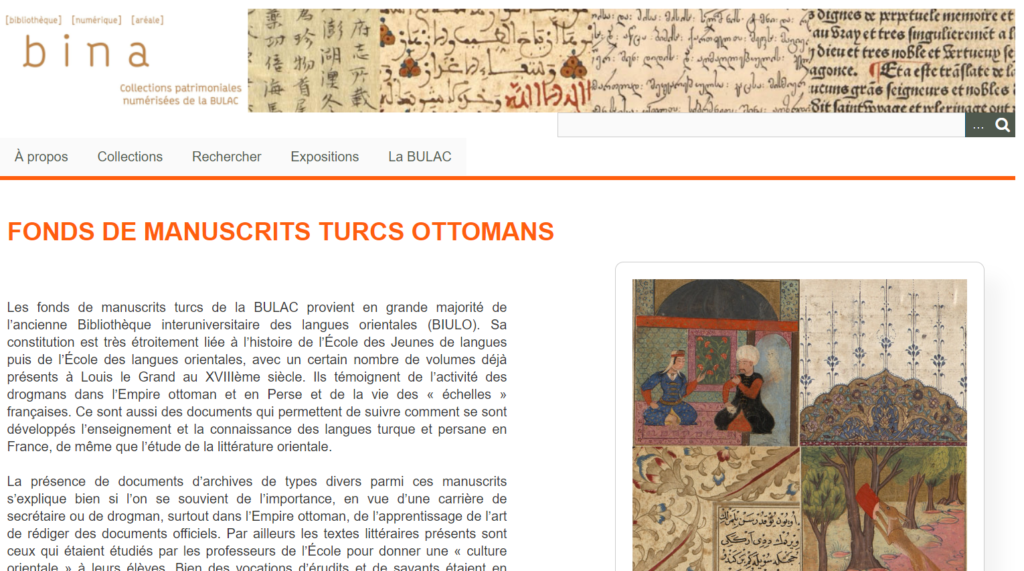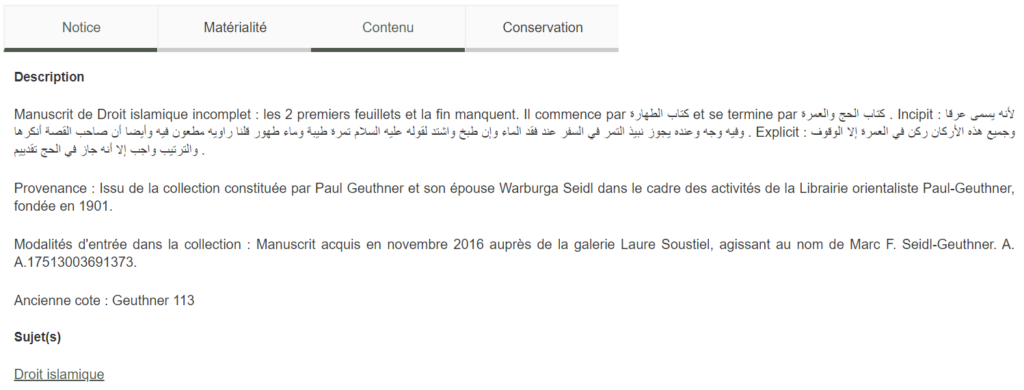Khazaaen archive is a voluntary independent association, centered in Jerusalem, where it first started as an initiative in October of 2016. Khazaaen considers itself as a societal project where people’s efforts contribute in building the archive.
“Each paper has a story”
The archive is interested in gathering ephemera materials; which is basically any material that was produced for a short-term and specific objectives. Khazaaen has managed to gather up to 60 thousand documents, where most of the materials are either daily publications, advertisements, brochures, pamphlets, posters, business cards, postal cards, wedding invitations, commercial, political, or artistic. Khazaaen believes it’s important to gather such materials as they serve as basic information in understanding local and social histories and a collective memory of the society’s day-to-day interactions. Moreover, these materials contain honest and real information about certain events in certain points in history and they enable us to understand the social experience and the alterations that occurred across different eras.
Khazaaen has several collection centers located in Amman, Beirut, Doha, and Algeria. The Technical Team will sort out received materials and make a second copy to send it to another archive in order to have back-up copies. Then scan the original and create a digital surrogate. Hard copies are kept in antioxidant files to preserve them.
Khazaaen hopes that it would be able to protect and preserve as many of the daily publications as possible and make these materials available to researchers and the public. In addition, Khazaaen aspires that its digital archive will contribute in starting a social and cultural discussion around critical political and societal issues in the hope of creating a better tomorrow.
All the material made available on Khazaaen’s website have been uploaded with special permissions and agreements with different institutions and individuals with the aim of making it available to the public. To read more, check Terms of use.


